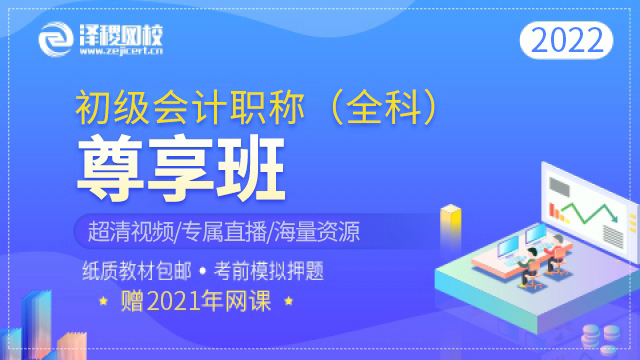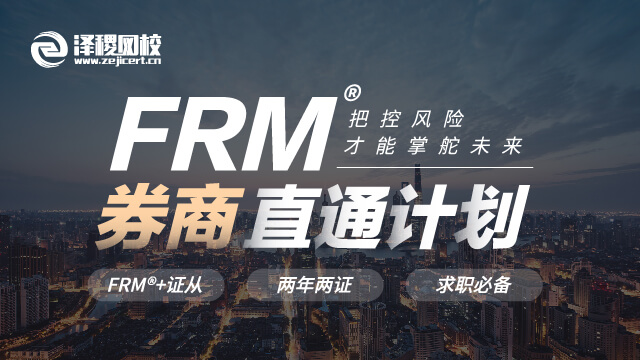2016年1月13日,《国际财务报告准则第16号——租赁》发布。它替代了三十多年前提出的会计要求,这些要求不再符合财务报告的目标;它对企业就租赁业务进行会计处理的方式做了较大修正。
租赁为许多公司提供了一个重要且灵活的融资渠道。但旧准则(IAS17)使投资者及其他利益相关者很难准确了解一个公司的租赁资产及负债情况,尤其是航空、零售及运输领域。
据估计,采用国际财务报告准则(IFRS)或美国通用会计准则(US AAP)的上市公司,有近3.3万亿的租赁承付款;其中超过85%的款项没有显示在公司的资产负债表中。这是因为现行租赁业务被划分为融资租赁和经营租赁两大类,前者需要在资产负债表中披露,后者则只需在财务报告附注泽稷开。
这种有些武断的区分使投资者对目标公司的选择、对比变得困难。这也意味着投资者和其他利益相关者不得不评估公司表外租赁债务的影响,而这实际上经常导致高估租赁债务引发的负债问题。新版准则IFRS16要求所有租赁业务都要以资产和负债的形式在资产负债表中披露,从而解决了上述问题。
IASB主席汉斯·胡格沃斯特(Hans Hoogervorst)评论称:“这些新的会计要求把租赁会计处理带入21世纪,结束了投资决策中,对公司频繁的大宗租赁债务的种种臆测。”
“新准则满足了对公司租赁资产和负债情况所急需的透明度,这意味着资产负债表外的租赁财务状况不再被隐藏。这也将凸显以’租赁’和’购买’为不同业务模式的公司间的对比性。”
新的租赁准则已经过多轮公众意见征询及理事会层面的广泛评议,所有环节都是公开进行的。
在新准则的开发上,国际会计准则理事会(IASB)和美国财务会计准则委员会(FASB)保持了密切合作。两会在把租赁业务引入资产负债表这个中心议题、对租赁的定义及如何估算租赁负债情况上意见一致。
《国际财务报告准则第16号——租赁》(IFRS16)将于2019年1月1日生效。采用《国际财务报告准则第15号——源自客户合同的收入》的企业,获准可以率先适用16号准则。
注释:在3万家采用国际财务报告准则(IFRS)或美国通用会计准则(US GAAP)的上市公司样本中,超过1.4万家在其2014年年报中披露了资产负债表外的租赁财务状况。在未贴现的情况下,这些公司未来要为表外租赁业务承付的款项金额共计2.9万亿美元。
详情见下文:
The main change in the new lease accounting standard – IFRS 16, Leases – is that it requires entities to account for all non-exempt leases (by election) as finance leases, putting them on the entity’s balance sheet (the requirement mainly affects lessee accounting; lessor accounting remains largely unchanged). The International Accounting Standards Board’s (IASB) aim is to bring greater clarity to lease accounting so that users of financial statements don’t need to estimate the impact of ‘off balance sheet’ financing.
With an effective date of 1 January 2019, the board has allowed a three-year transition period, during which entities will confirm their date of initial application of the standard, which has to be ‘the earliest period presented in the financial statements in the period that the standard is applied for the first time’. Early adoption is permitted if an organisation also applies IFRS 15, Revenue from Contracts with Customers, at or before the date of early application, although this is likely to appeal to lessors more than lessees. However, almost all new leases currently being negotiated are likely to fall within the remit of the new standard.
The rules may seem far off, but planning early will be important for minimising the balance sheet impact
Don’t be blind-sided
The transition period allows organisations to develop the necessary internal procedures before they implement the standard. By starting early, management will be better positioned to manage the process and minimise the surprises. The rules may seem far off, but planning early will be important for minimising the balance sheet impact; even a renewal option on a single-lease contract could have a sizeable effect on shareholder equity. Many organisations could be blind-sided in due course if they don’t start preparing in good time.
Here’s what to start thinking about:
• Start gaining an understanding of the new standard; note the divergence between IFRS and US GAAP if this applies to you. Entities reporting under both IFRS and US GAAP might have some additional work to do.
• Carry out a strategic evaluation of all existing leases – that is, assess what leases are currently in place and how many assets are currently on lease. You should re-assess your current active leases and review which will be affected. Under certain circumstances, a ‘portfolio’ approach may be taken for leases with similar characteristics. All leases coming into force after the standard’s effective date should be accounted for under the new standard, but existing leases that currently use IAS 17 and extend into the date of initial application will need special treatment to ensure that accurate and comparative data is collected.
• Analyse each lease contract to identify the key data that will enable them to be brought onto the balance sheet and, where necessary, make changes to the income statement. Gathering the necessary data on these lease contracts – such as important dates, discount rates, asset lives and depreciation policies – may seem like a daunting and expensive task for large and global businesses with high volumes of active leases over a variety of assets, in numerous locations and with different suppliers. It could take a great deal of time and resource, and will require considerable planning.
• For expiring leases, consider on a case-by-case basis if leasing will still be the most appropriate form of financing or if new financing facilities should be lease-financed.
• Assess whether or not you have the expertise inhouse for making the transition to the new accounting, and whether this and/or the ongoing accounting should be outsourced to organisations that provide lease consultancy services and software.
• Depending on your conclusion to that, you should assess whether or not you will need new bespoke lease software to manage the new lease transactions; this will depend on the level of your leases’ complexity.
• Review the integrity of your lease processes and data to ensure that it satisfies future audit review.
• Leveraged entities will have to consider the impact on gearing ratios and interest cover in bringing current operating leases onto the balance sheet, and begin discussions with the bank or other finance providers to understand their views. EBITDA will also be affected.
Transition
Entities are required to employ a retrospective approach to collecting and reporting on leases previously accounted for as operating leases. However, there is an optional relief upon transition: entities can choose not to revisit contracts already deemed not to be leases (under IFRIC 4) and only transition those non-exempt contracts. A disclosure of the approach taken would be required.
There is no ‘grandfathering’ provision thereafter – that is, all non-exempt (by election) current operating leases that continue beyond the year of transition will require consideration. However, there is a further exemption (by election) for leases whose terms end within 12 months or less of the date of initial application. A lessee could apply this short-term lease exemption provided there is no purchase option. There is also an exemption for ‘low-value’ leases (subject to conditions) where the underlying asset is of low value when new. These could include IT equipment (tablets and PCs), small items of office furniture and telephones (but not cars).
Comparatives
Under the new standard, entities that opt for the fully retrospective approach will need to account for all leases – whether they be new agreements, or existing leases where the end-of-the-lease date extends beyond the date of initial application. This provides more accurate comparative data but requires the sourcing of historic lease data. This may present challenges where this data is not held or is out of date, and could be time-consuming and difficult for large lease portfolios.
However, in order to help reduce the costs of transitioning to the new standard, the IASB offers an alternative approach – the ‘cumulative catch-up method’. Under this approach, a lessee is not required to restate comparative figures; it recognises the cumulative effect of applying the new standard as an adjustment to the opening balance of retained earnings (or another part of equity) at the date of initial application. In addition, the lessee measures the lease liability at the present value of the remaining lease payments, discounted using the lessee’s incremental borrowing rate at the initial date of application. A single discount rate can be applied to a portfolio of leases with similar characteristics. There are other elements to the modified retrospective approach, but essentially this is likely to be the less onerous approach (and might be less costly). However, it could be a more complex method and produce less detailed data.
Next steps
The first step is to create a project team involving as many stakeholders as required (for example, finance, tax and purchasing departments) and create a transition plan. Next, evaluate the exemption options and which of the two transition comparative approaches best suits your organisation, and then how this will be implemented: in-house expertise vs external consultants, bespoke software etc. Data-gathering and contract analyses will take considerable time, and an understanding of what is current and what contracts need to be renewed will also be required. Discussions with finance providers will need to take place in order to ensure that banking covenants are not adversely affected. There will also need to be effective engagement and communication with investors and shareholders as to the effects of the change and what this means for the financial statements.
After 10 years as a concept, it is now a reality and as long as companies start planning soon, there should be sufficient time to ensure a successful transition.
温馨提示:2016 ACCA学习资料大礼包(内含ACCA历年真题、考官文章、考官报告、备考宝典等实用学习资料),关注微信公众号:ACCA考友论坛(ID:ACCA-CHN)即可领取:



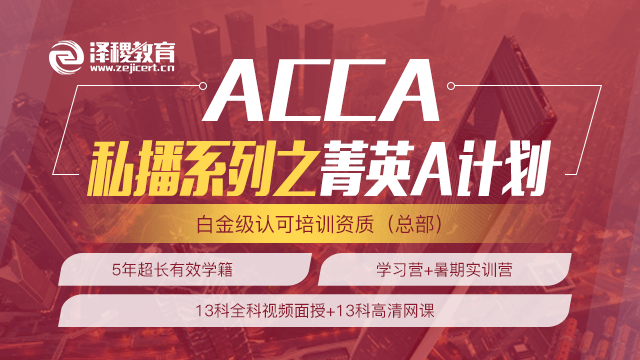
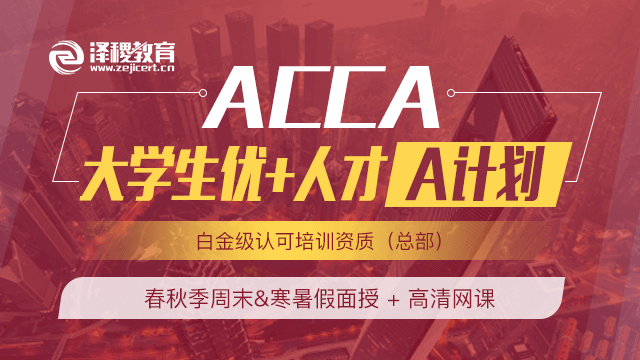
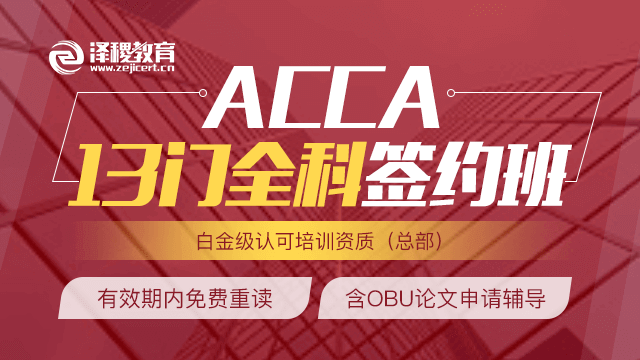
 白金级认可培训资质(总部)
白金级认可培训资质(总部)
 课程试听
课程试听
 职业规划
职业规划
 ACCA中文教材
ACCA中文教材
 考位预约
考位预约
 免费资料
免费资料
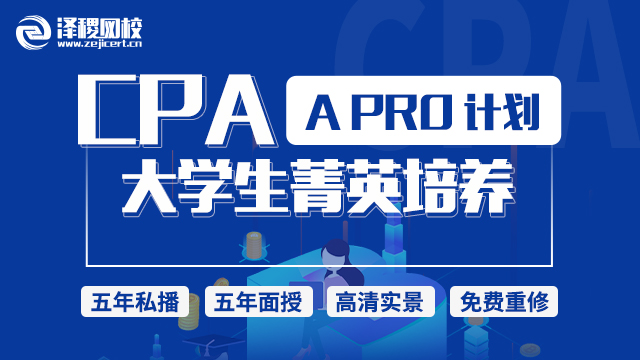
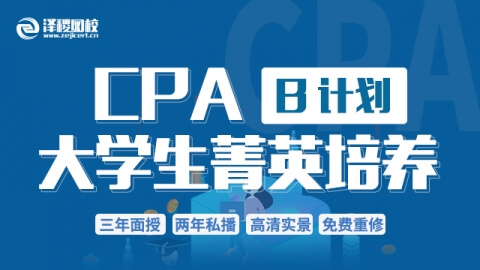
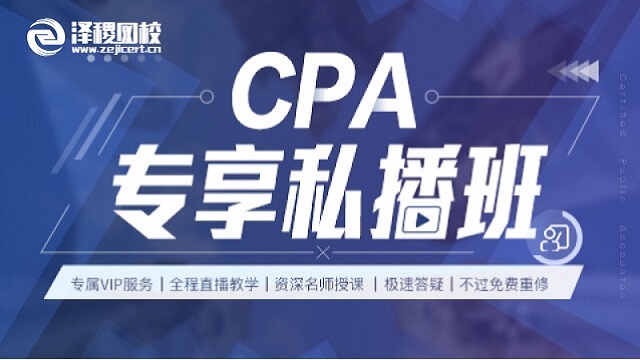
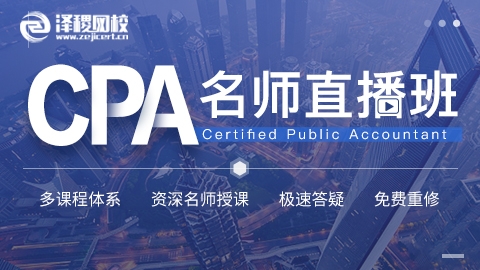
 题库下载
题库下载
 模拟机考
模拟机考


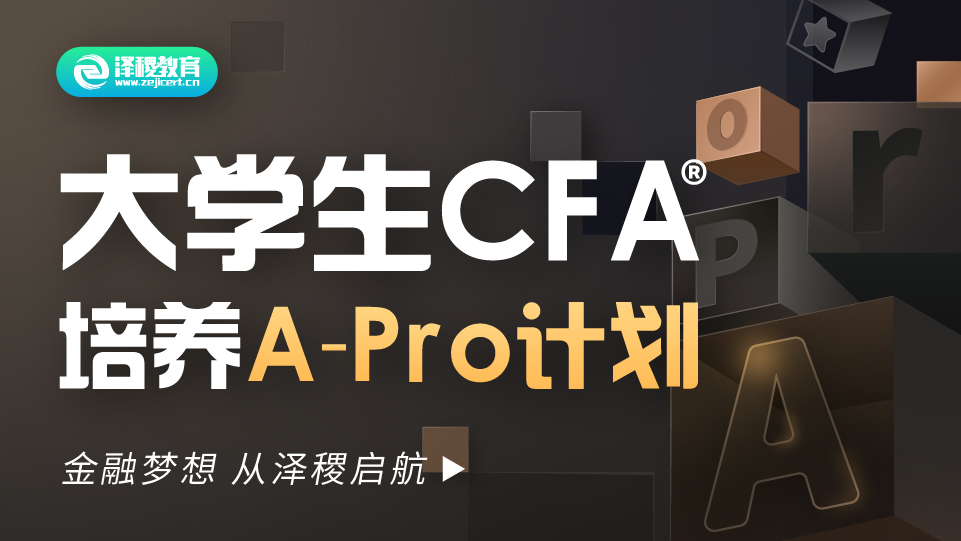

 CFA®成绩查询
CFA®成绩查询



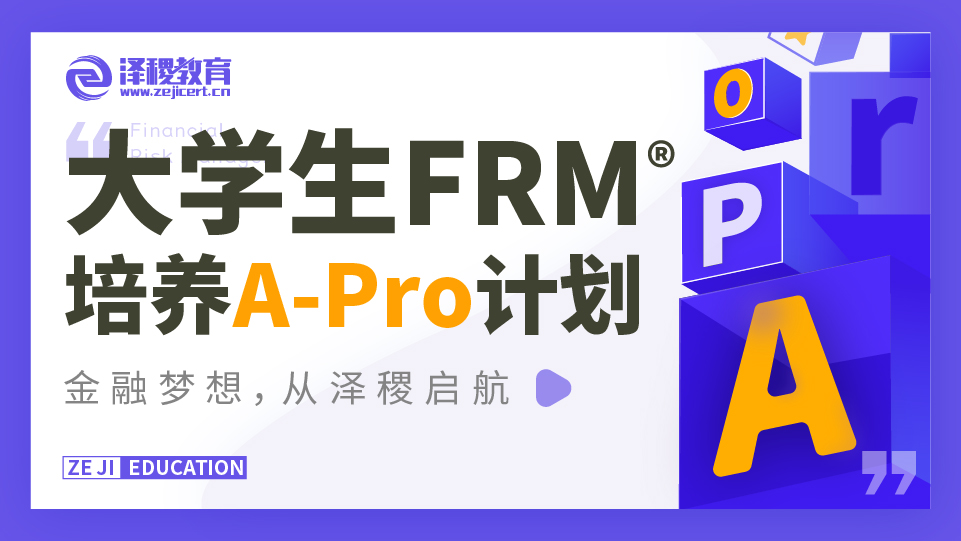
 GARP协会官方认可FRM®备考机构
GARP协会官方认可FRM®备考机构

